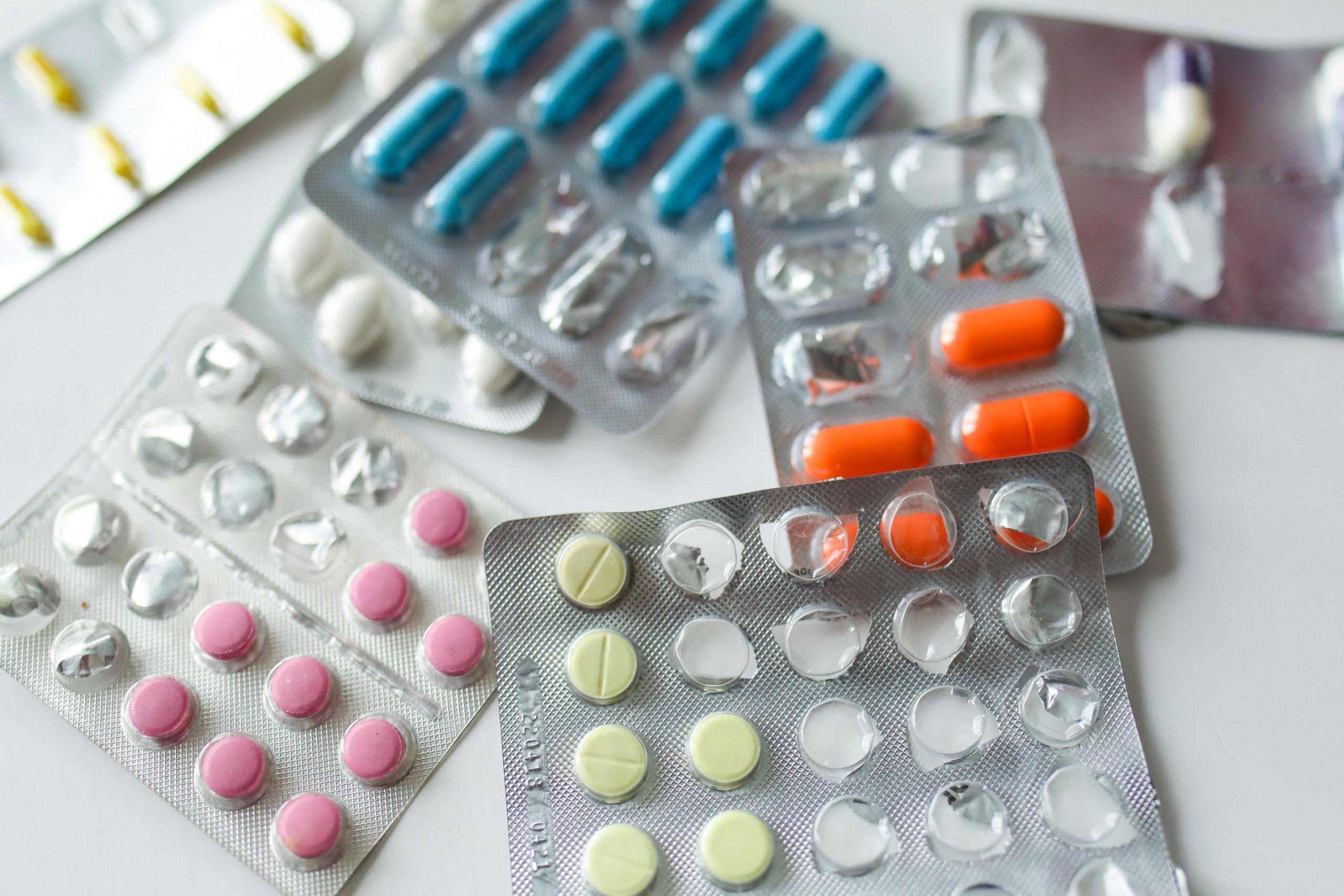Differences exist in how the male and female body controls blood sugar levels. These differences are present in everyone, but they’re especially important to understand for people with type 2 diabetes (T2D). These differences can affect how likely someone is to develop T2D and how well their treatments work.
Generally, females are somewhat less likely to get T2D than males. Scientists think one reason for this might be estrogen, a hormone that females have more of. Estrogen seems to protect the cells in the pancreas that make insulin, called beta-cells. However, scientists are also looking at whether the pancreas itself might be built or work differently in females and males. These differences could help explain why females have a lower risk of T2D.
What are Pancreatic Islets?
Inside the pancreas, there are about a million tiny structures called islets. These islets are like mini-organs that help control blood sugar. They contain different types of cells. Beta-cells make insulin, which lowers blood sugar. Alpha cells make glucagon, which raises blood sugar but also helps beta-cells release insulin when blood sugar is high. Delta-cells make somatostatin, which helps keep the other islet cells balanced.
How Islet Cells Differ Between Females and Males
Research shows that female beta-cells produce and release more insulin than male beta-cells – even when blood sugar is low or under drug stimulation. Beta-cells from females who have T2D also remain more active and responsive to sugar. Overall, female beta-cells appear more resilient under the stress of diabetes.
When researchers looked closer at how these cells work, they found that islet cells (beta, alpha, and delta cells) from females without diabetes produce more of the things needed to make proteins. This fits with their ability to make and release more insulin compared to males.
Interestingly, in people without diabetes, the genes (the instructions for how a cell works) in male islet cells show activity that looks more like what’s seen in people with T2D compared to female islet cells. This could mean that the islet cells in males are already under more stress, making it easier for T2D to develop.
Working Towards Personalized Care for T2D
This is just one piece of a bigger puzzle. Scientists are still studying beta-cells and the other islet cell types to understand why female beta-cells seem to handle the stress of T2D better than male beta-cells. The big question is: how can we use this information to help people? By better understanding the differences in how the pancreas works in males and females, doctors might one day be able to offer more personalized treatments. By tailoring care to each person’s biology, we can improve how we help people prevent T2D or live well with it.
This article was developed in partnership with Diabetes Action Canada as part of the Canadian National Graduate Course in Islet Biology and Diabetes hosted by the University Toronto (BCH2140).


